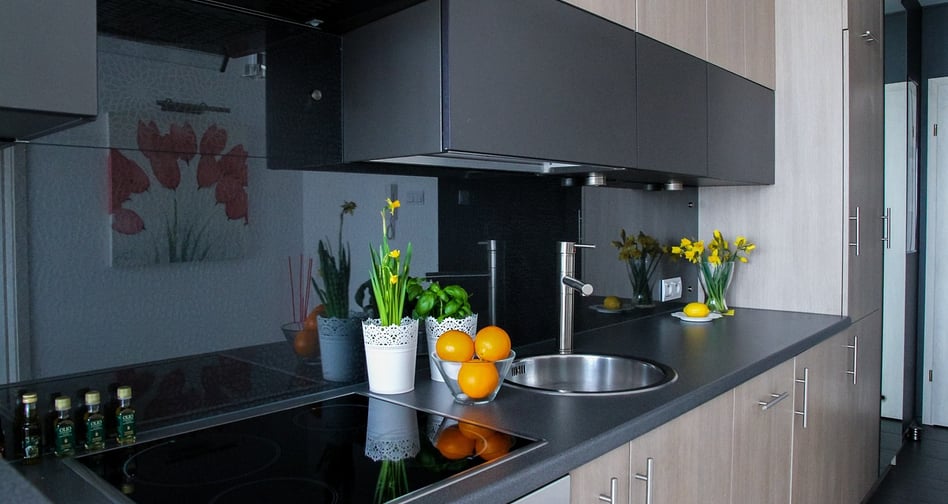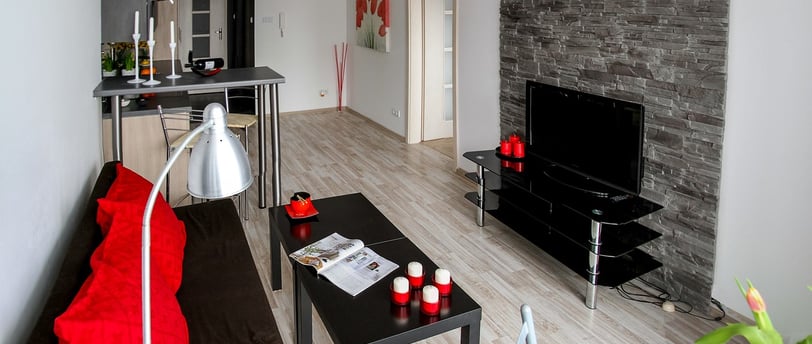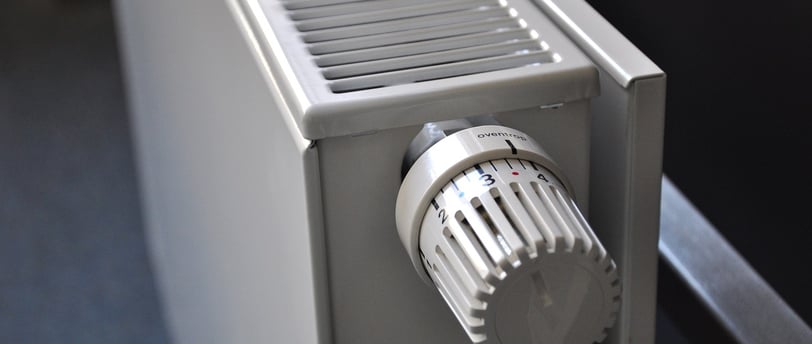What to Look for During an Apartment Walkthrough
What to Look for During an Apartment Walkthrough. Whether you’re a first-time renter or a seasoned tenant, knowing what to look for during an apartment walkthrough can save you money and headaches down the line
APARTMENT RENTERS




An apartment walkthrough is one of the most important steps before signing a lease or moving into your new home. This process helps you spot existing issues, ensure everything works as promised, and protect your security deposit from being charged for pre-existing damage.
Whether you’re a first-time renter or a seasoned tenant, knowing what to look for during an apartment walkthrough can save you money and headaches down the line.
Why an Apartment Walkthrough Matters
A thorough walkthrough protects you by:
Documenting the apartment’s condition before move-in.
Identifying maintenance issues the landlord should address.
Preventing disputes over your deposit when you move out.
Ensuring your new home is safe, functional, and comfortable
What to Bring to Your Walkthrough
Notebook and pen for detailed notes.
Fully charged phone for photos and videos of any issues.
Tape measure to check room and furniture fit.
Printed checklist to ensure you don’t miss anything.
Step-by-Step Apartment Walkthrough Checklist
1. General Condition
Walls and Ceilings: Look for cracks, holes, stains, peeling paint, or signs of water damage. Check for mold, especially in corners and near windows.
Floors and Carpets: Inspect for stains, burns, scratches, loose tiles, or warped boards.
Doors and Windows: Open and close every door and window. Ensure locks work and there are no broken panes or damaged screens.
Lighting and Outlets: Test all light switches and power outlets with a small device like a phone charger. Replace any missing bulbs and note flickering lights.
Heating and Cooling: Turn on heaters, radiators, and air conditioning units to confirm they function properly.
Safety Features: Locate smoke detectors, carbon monoxide alarms, and fire extinguishers. Test them to ensure they work


2. Kitchen
Appliances: Test the oven, hob, microwave, fridge, freezer, and dishwasher. Confirm all are clean and in working order.
Sinks and Plumbing: Run the taps to check water pressure and drainage. Inspect under the sink for leaks or water damage.
Cabinets and Drawers: Open every cabinet and drawer. Look for broken hinges, missing handles, or signs of pests.
Countertops and Backsplash: Check for chips, cracks, stains, or loose tiles.
3. Bathroom
Toilets: Flush to ensure proper operation and check for leaks at the base.
Sinks, Showers, and Tubs: Turn on taps and showers to check water pressure, temperature, and drainage. Look for mold or mildew, especially around grout and caulking.
Ventilation: Test the extractor fan or make sure windows open easily for airflow.
Fixtures: Ensure towel racks, mirrors, and shelves are secure.
4. Bedrooms and Living Areas
Closets and Storage: Open and inspect all closets for damage, dampness, or pests.
Windows: Check for drafts, broken locks, or condensation between window panes.
Flooring: Look for excessive wear, stains, or damage in high-traffic areas


5. Security and Safety
Locks: Test all door and window locks for security.
Entry System: If there’s an intercom or buzzer, make sure it works.
Exterior Lighting: If applicable, check that outside lights function for safety.
6. Exterior (If Applicable)
Balcony/Patio: Check railings, flooring, and for any signs of damage or instability.
Building Entry: Inspect communal areas for cleanliness and security.
Parking and Storage: Confirm your assigned parking space or storage unit is accessible and in good condition.
Pro Tips for a Successful Walkthrough
Be Methodical: Move room by room, using your checklist so nothing is missed.
Take Photos and Videos: Document any existing damage or issues. These records are crucial if disputes arise over your deposit.
Ask Questions: If you notice anything unusual or damaged, ask the landlord or agent about repairs or replacements.
Note Repairs in Writing: Request that any agreed-upon repairs be added to your lease or a written move-in condition report
Questions to Ask During the Walkthrough
Are there any planned repairs or upgrades before move-in?
Who is responsible for ongoing maintenance or repairs?
When were the last pest control and safety inspections done?
How do I report maintenance issues after moving in?
Why Documenting Everything Matters
Without proper documentation, you could be held responsible for pre-existing issues when you move out. Always keep a copy of your checklist, photos, and any written agreements about repairs or property condition.


Downloadable and Printable Checklists
Many reputable sites offer printable apartment walkthrough checklists to make your inspection easier. For a comprehensive example, see:
[Apartments.com: Ultimate Walk-Through Checklist]
[Lemonade: Apartment Walkthrough Guide]
Conclusion
A detailed apartment walkthrough is your best defense against future disputes and unexpected expenses. Take your time, be thorough, and don’t hesitate to ask questions or request repairs. By following this guide, you’ll ensure your new apartment is safe, comfortable, and ready for you to move in-with peace of mind.
